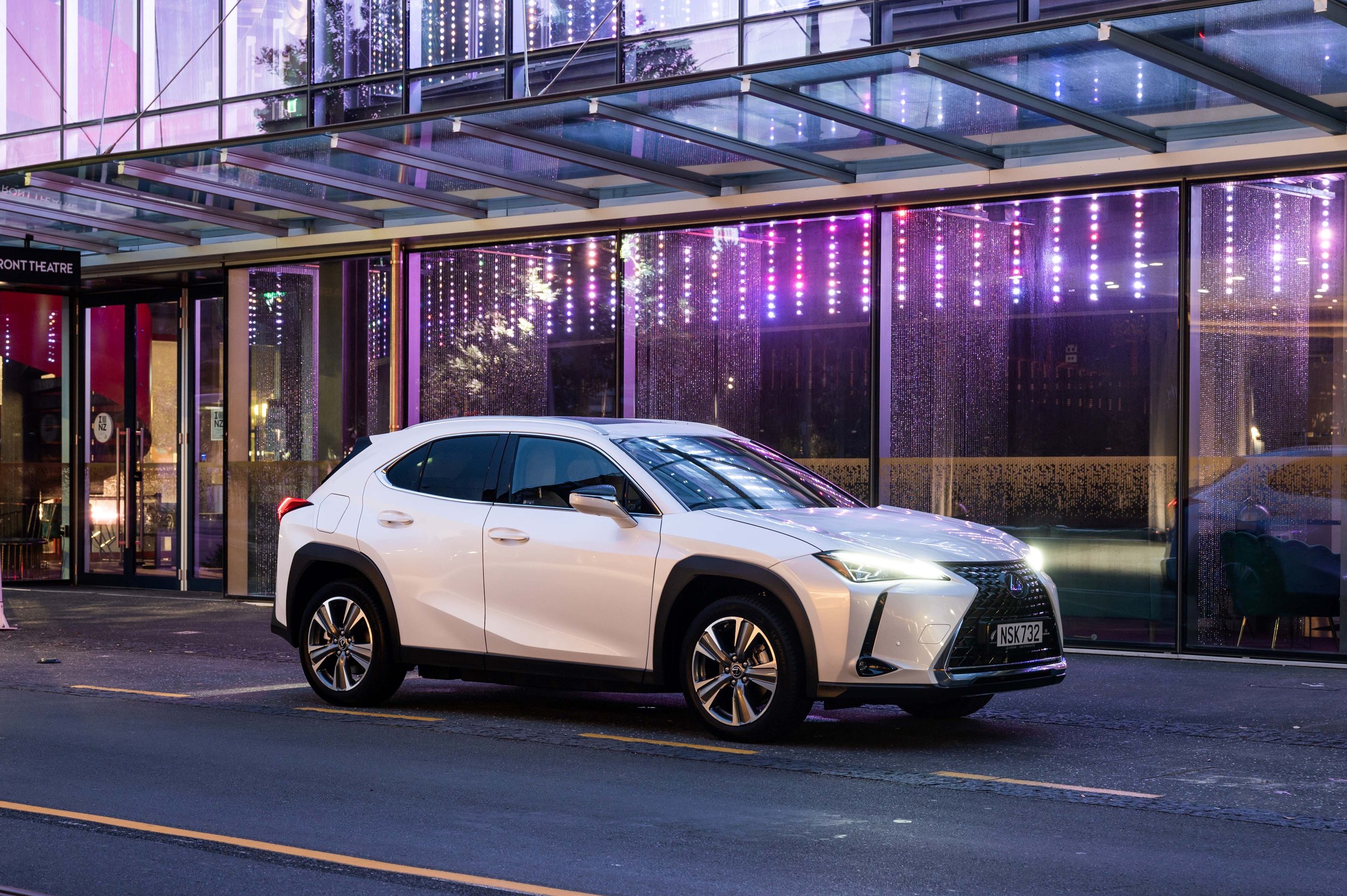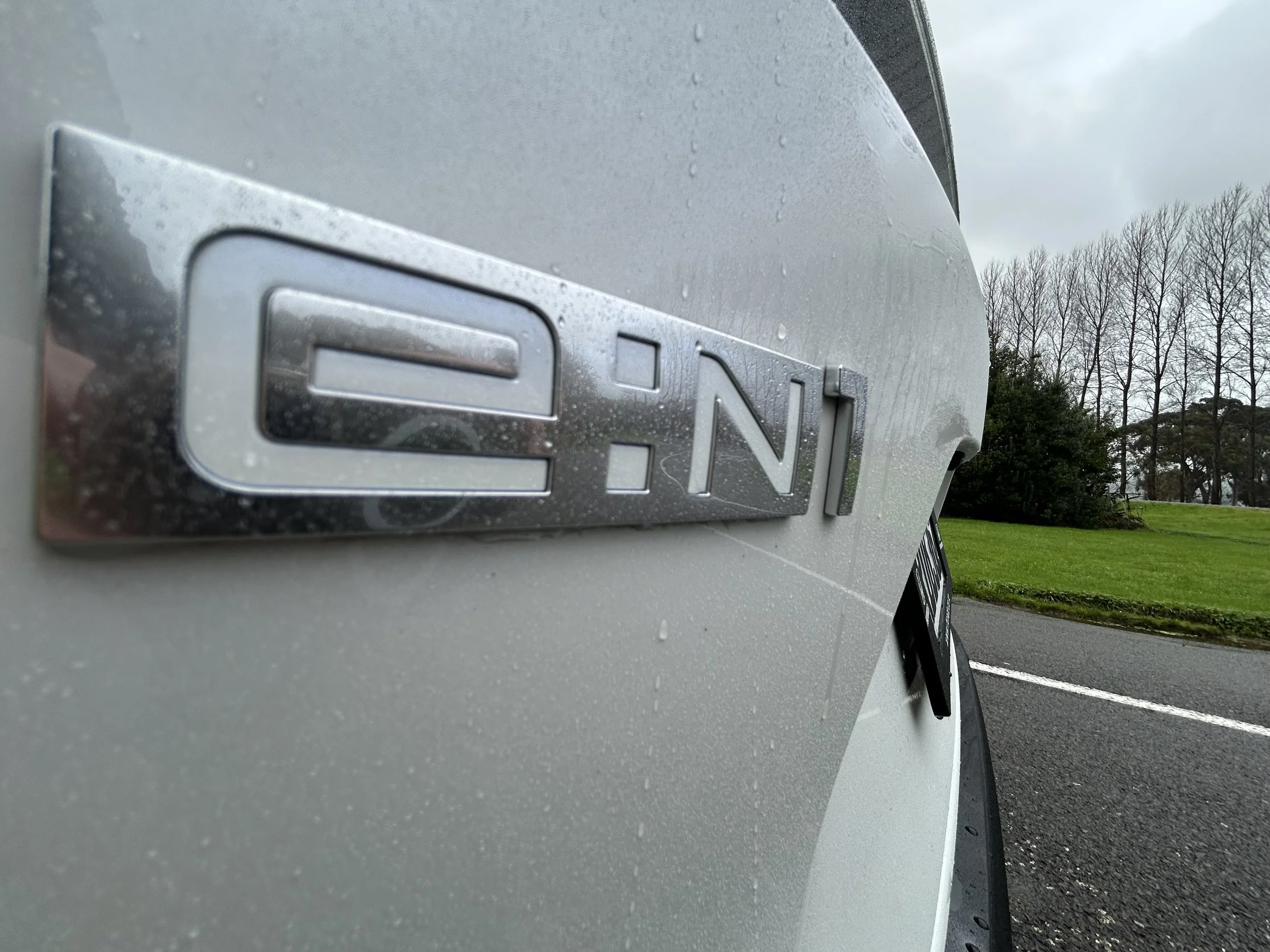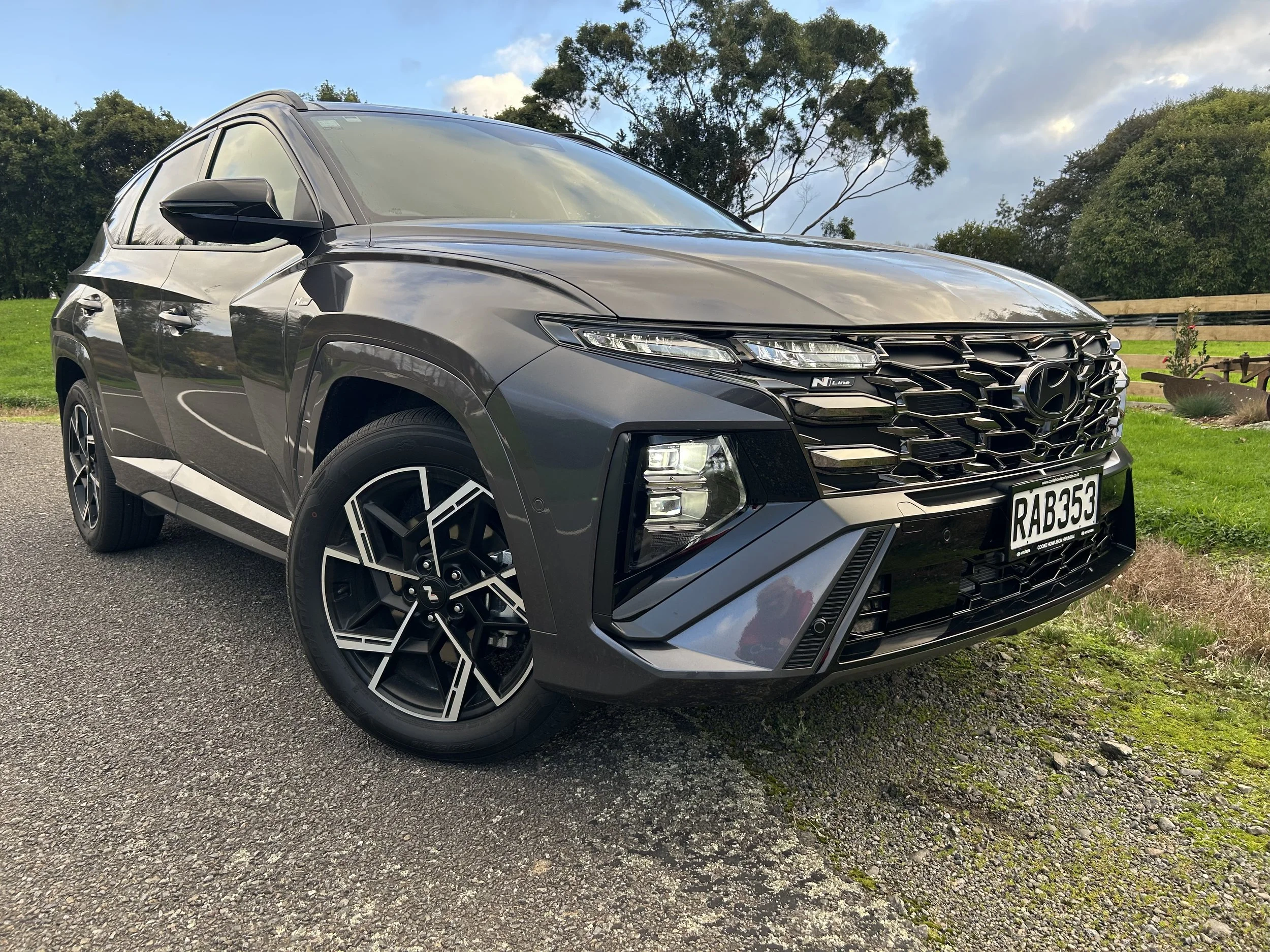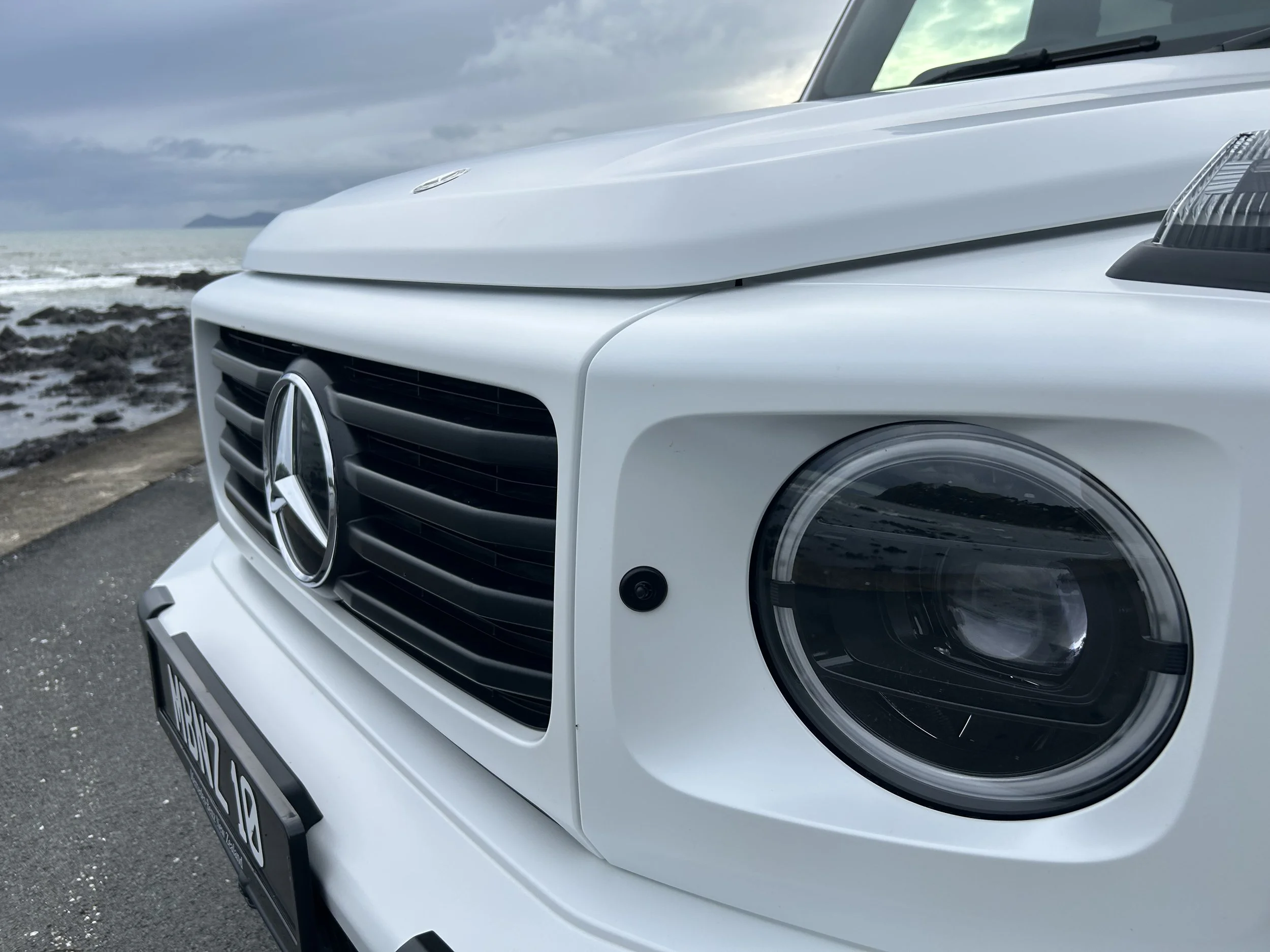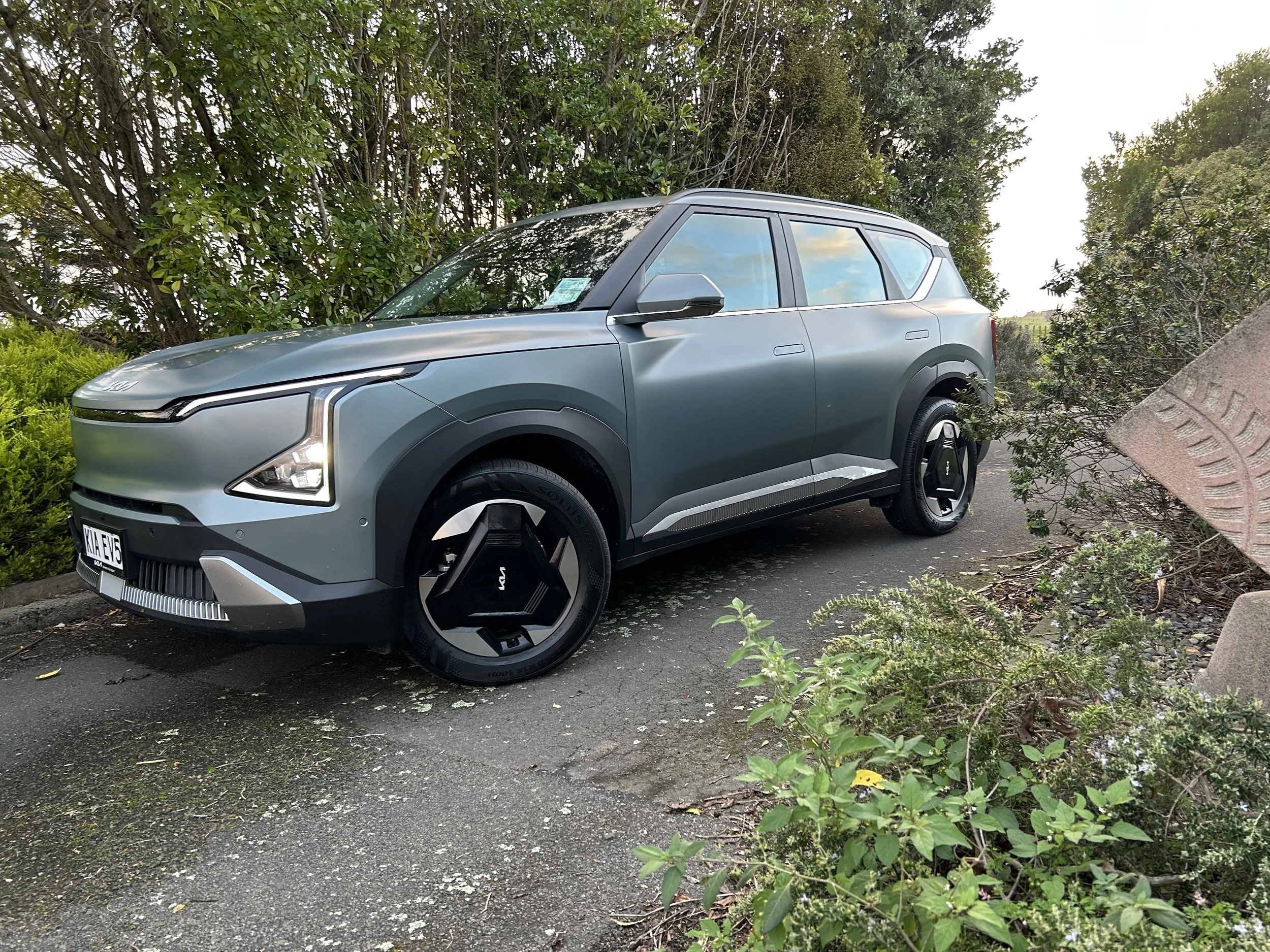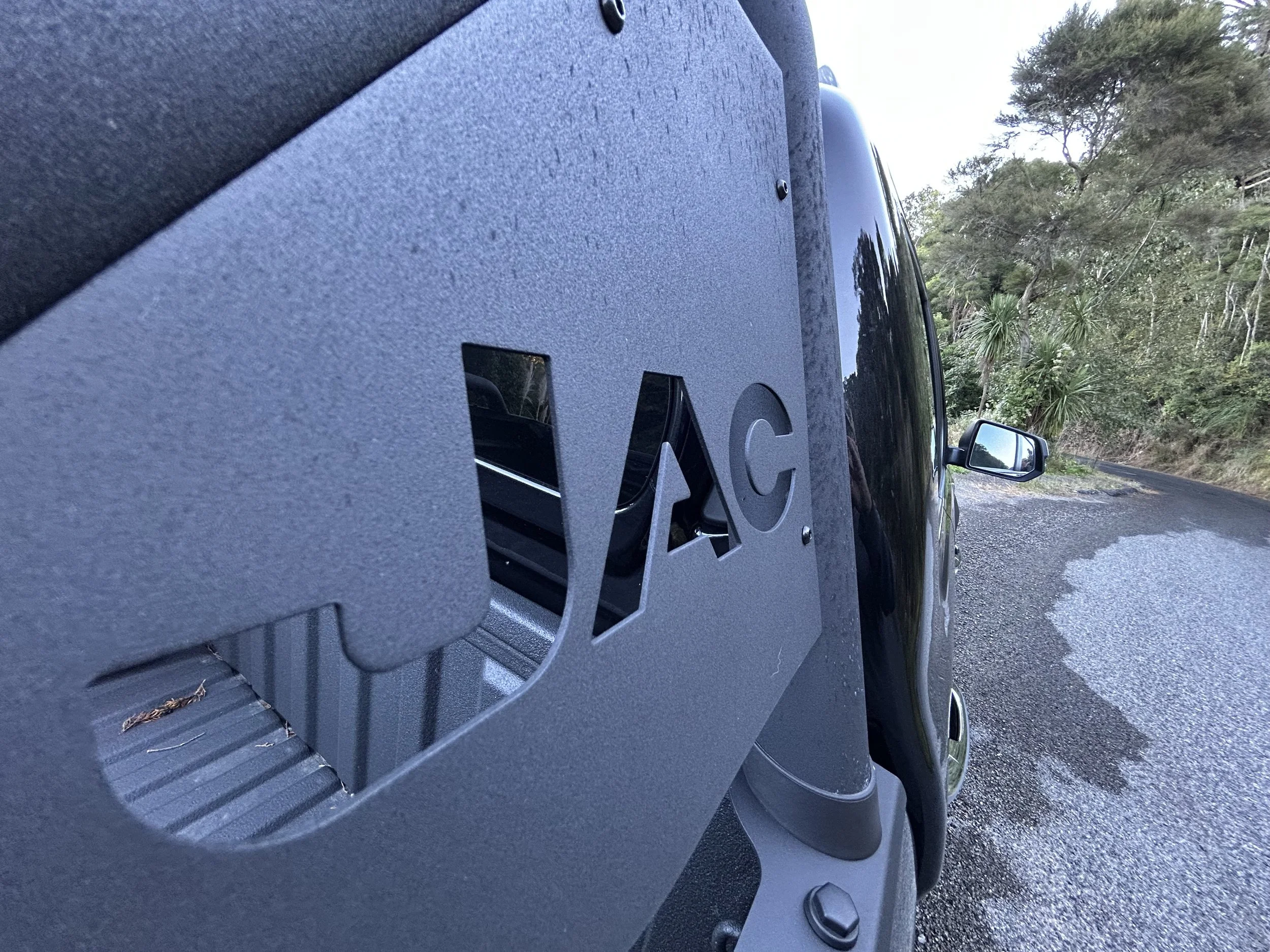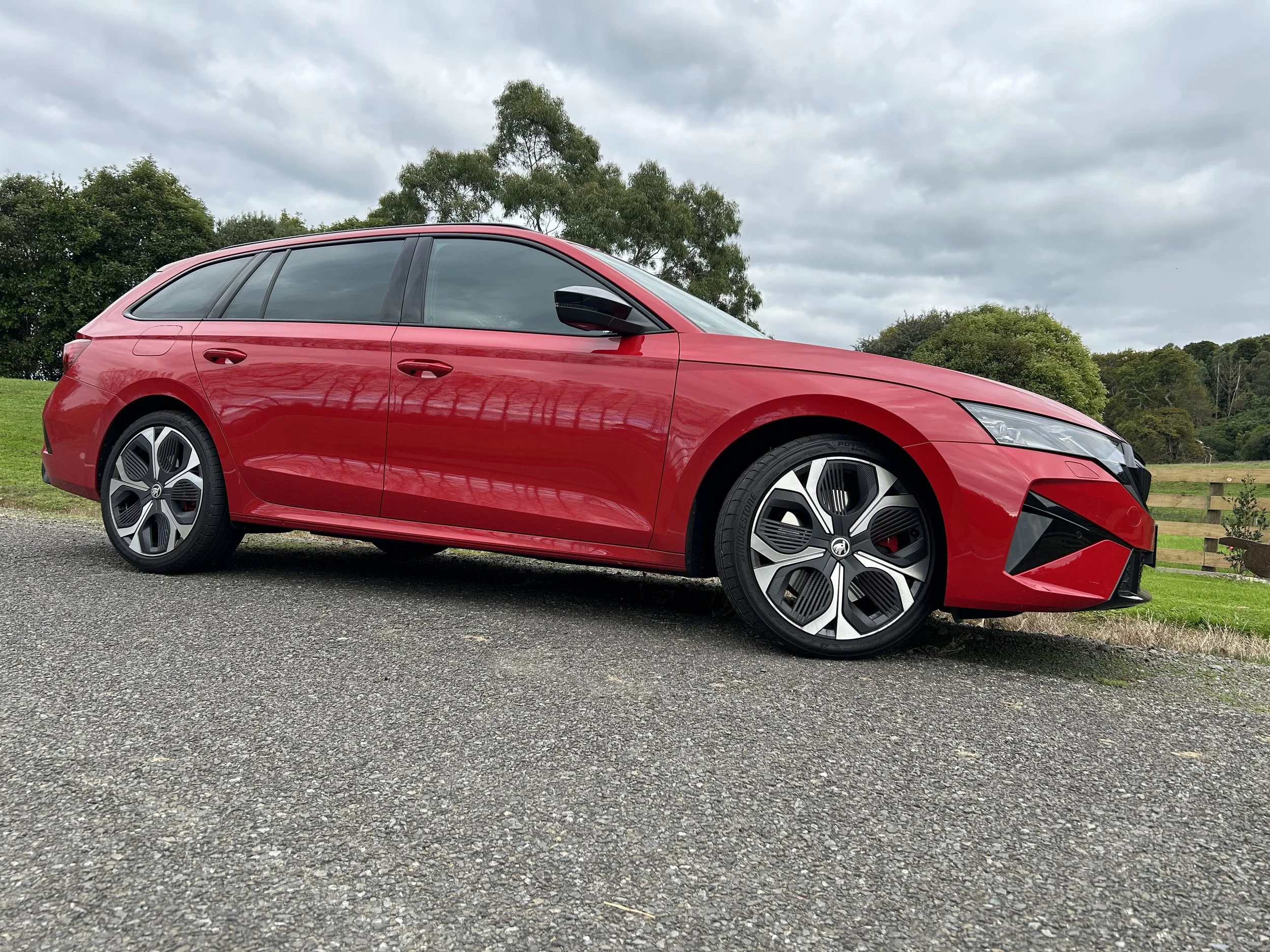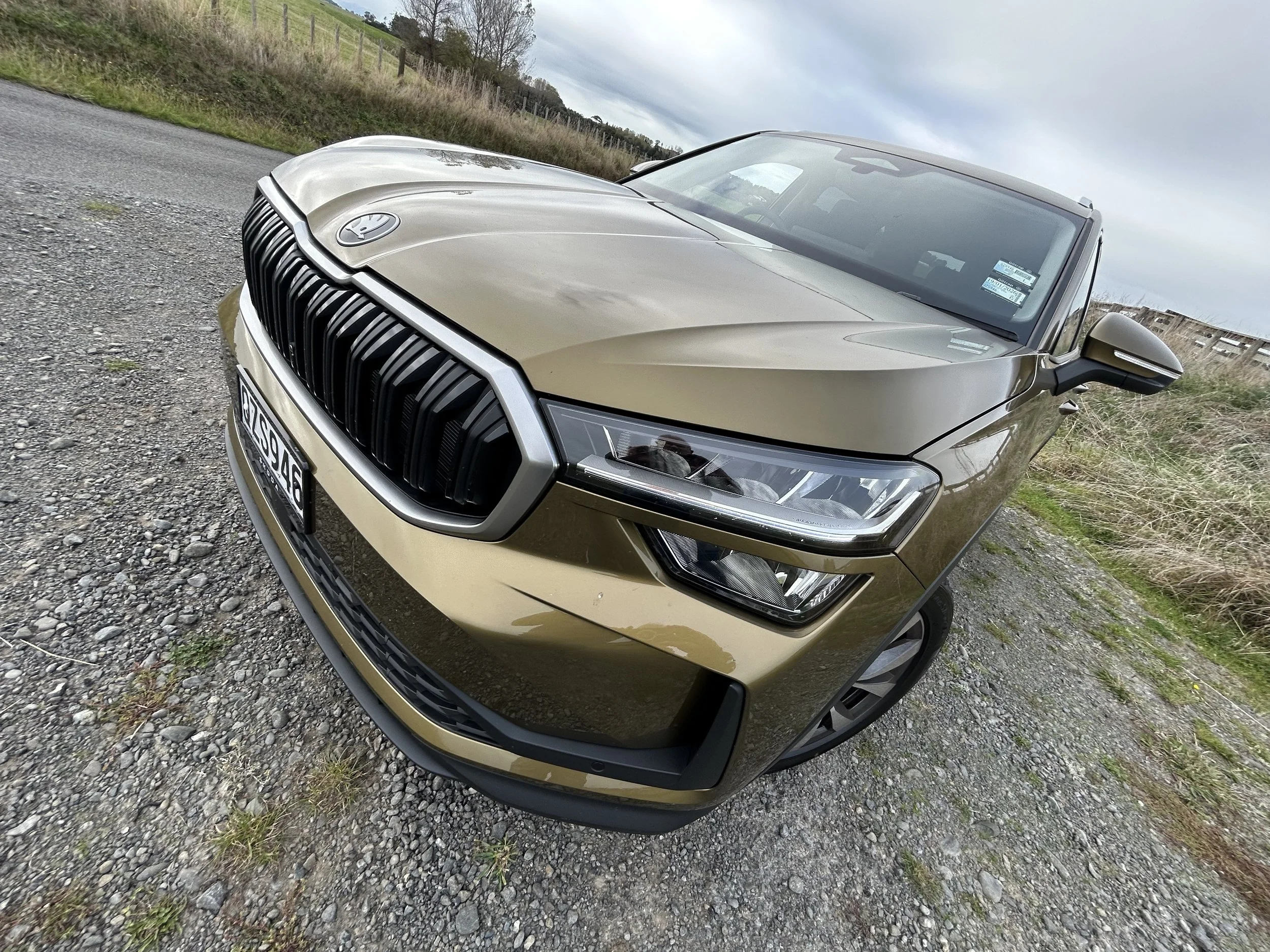Range improvement for UX300e
/Bigger battery for compact Lexus electric tops list of 2023 changes.
UP to an additional 135 kilometres’ range is promised from an updated version of the Lexus brand’s first fully electric vehicle.
Ability of 40 percent improved range for the UX300e lends an optimal of 450 kilometres’ range as measured using the WLTP scale, against 315km cited for the original that’s been on sale here since 2019.
The revision stems from it achieving a revised battery pack and comes in wake of criticism about the car having insufficient range, regardless Lexus billed it as a city-focused compact crossover and has reiterated even the new one is “built for a mostly urban driver in mind.”
Awareness of the improved battery, whose capacity increases from 54.4kWh to 72.8kWh, is not fresh, the initial announcement having been made by Toyota’s luxury brand in Japan last October.
The new battery’s introduction times with a refresh bringing some revised technology, most in respect to safety assists, and a change of market position for the car.
The flagship Limited edition still remains, but at $89,990 is $10,000 dearer than it was when originally released. The $79,990 sticker, which allows eligibility for a Clean Car Discount, is now assumed by a Premium model.
When UX300e first came out, Lexus NZ also had a less affluent derivative, called simply the UX 300e, whose sole job is to join the workforce. It could only be availed through a leasing programme and, because it could be bought outright, did not have a recommended retail price. There’s no mention of this any more.
The car’s power and torque outputs remain at 150kW and 300Nm respectively and 0-100kmh zip in 7.5 seconds is unchanged.
The car’s charging design remains interesting, as it appears to have DC fast charging using the CHAdeMO system, still preferred in Japan but in decline universally, with CCS being the clear preference with makers.
It is unclear if charging power will be increased above the 50kW found on the original model, though all information to hand suggests this is unlikely. DC recharging with CCS is much faster.
Lexus says its car benefits from a natural performance advantage thanks to the low centre of gravity created by placing the batteries under the floor but it has nonetheless effected modifications to the body and chassis.
New performance dampers increase the performance and, in an effort to strengthen the rigidity of the body, an additional 20 spot welding points were made, while the electric power steering (EPS) and shock absorbers were optimally tuned for the new model.
There is no apparent revision to styling or wheel designs. In releasing information about the updates yesterday, Lexus NZ’s sole image, of a Limited, was from a publicity pack created for the type when it first came into the market. Additional images from that pack are included here.
On sale from next month, the 2023 car also includes expanded functionality of the Lexus Safety System Plus, with intersection turn assist, emergency steering assist and curve speed reduction now bundled into the dynamic radar cruise control. It achieves an improved multimedia system including a 12.3 inch touch display mounted closer to the driver.
Lexus New Zealand vice president Andrew Davis, says the upgrades reflect the pace of change in Lexus vehicle development.
“The uptake of electric vehicles in New Zealand continues to accelerate and luxury car buyers want a balance between an electric vehicle that fits their lifestyle and a vehicle that has the latest safety and in car connectivity,” he says.
“Built for a mostly urban driver in mind, the UX 300e provides an enjoyable and sustainable city driving experience.
“The range extension gives Lexus UX 300e motorists a little more freedom to travel further without needing to stop for recharging.”



